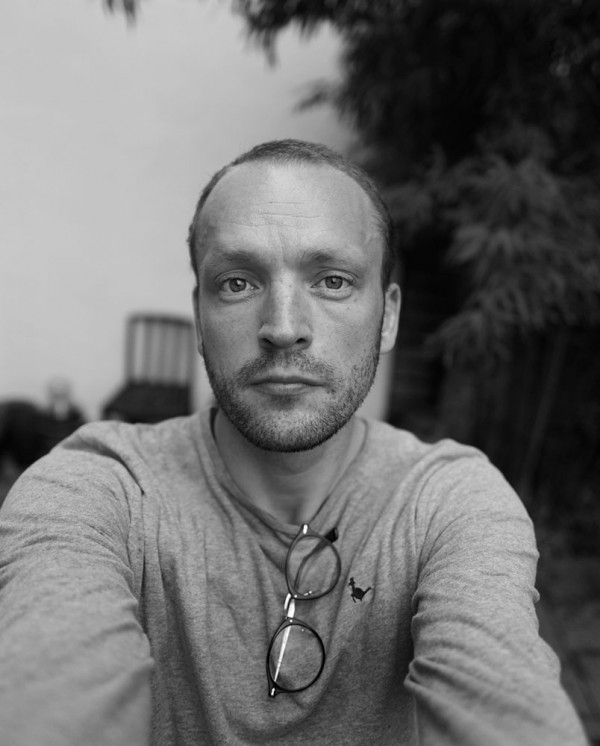Not Myself
Not Myself
Benjamin McMahon
March 17, 2020

Kristin Scott Thomas
Benjamin McMahon: I take portraits for various magazines, institutes and galleries. I was photographing a lot of actors and artists and started to become frustrated with the time limit constraints. Half an hour if I was lucky, five minutes if not. One person early on gave me ten seconds. I also questioned if I was able to produce something memorable and different in that time. I thought if I gave control to the sitter, perhaps they would achieve something I wasn't able to reach in such a short shoot.
How does it work technically?
After the commissioned work, I would explain that there was another project I was working on, and I'd asked them if they'd like to take part if they had some extra time. I told them I wanted them to take a self-portrait in a mirror. I hoped they would take a self-portrait rather than a selfie. To my amazement only a few people ever said no. Generally, I would scope out some spots and mirrors, and then together we would find a place that we felt worked in the mirror. As everything was shot on Leica M cameras, I did need to set the camera for them and then dive in to adjust the focus as we went along. Other than that, I left the sitter to decide how he or she wanted to look. If they wanted to be serious or if they felt happy, if they had a better side: the point was that it was up to them to choose how they were represented.
How do you distinguish between a self-portrait and a selfie?
The difference for me is that a selfie is something throwaway, something silly you do for a laugh between friends. There's a rich history in art of people producing self portraits as a means of expression and communication. I hoped that for my project the subjects would treat their portraits more like a lasting document; something that people might spend time looking at, and that might communicate something of themselves – rather than just grinning or pouting and clicking the shutter. Some were taken quickly; but I always came back to saying: “Think more Frida Kahlo than Kim Kardashian.”
Since when have you been photographing with Leica cameras? Please share your experience!
I bought an M-E with the entirety of a pay check for the first ad shoot I did, and have upgraded to an M10 since. I think that was around 2012 or so. Before that I was shooting most editorial work on a 5x4 camera. I found that turning up with an Leica around my neck had a disarming effect on most people. Not having large cameras, lights and other people with me, was a really wonderful way to make the shoot a bit more intimate and conversational. There have been a few shoots where having the Leica round my neck and being able to react quickly when something happened, resulted in some of my favourite photographs.
Benjamin McMahon+-
Benjamin McMahon was born in the North of England in 1984. His work has been published in Vogue, Vanity Fair, AnOther, Wallpaper, Gourmand and many others. He was chosen as a PDN 30 winner in 2015 and also won the Magenta Award for his landscape projects. The National Portrait Gallery acquired some of his work for the permanent collection too. McMahon is based in London. More

Kristin Scott Thomas

Jamie Dornan
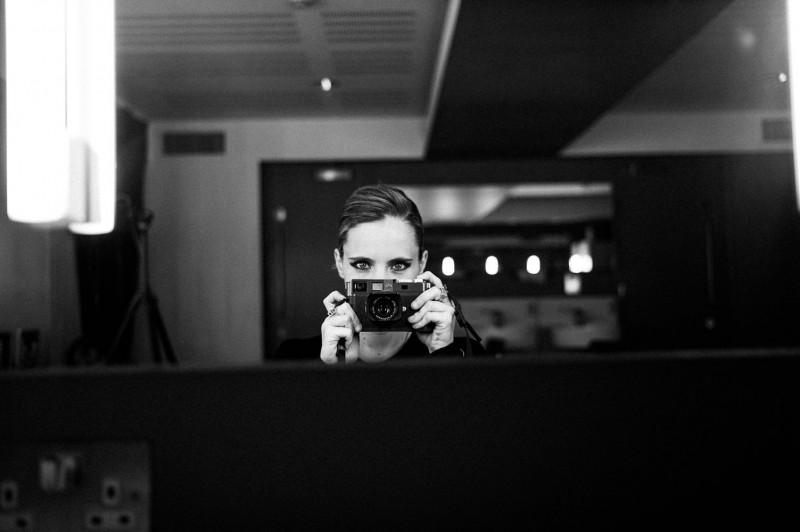
Anna Calvi
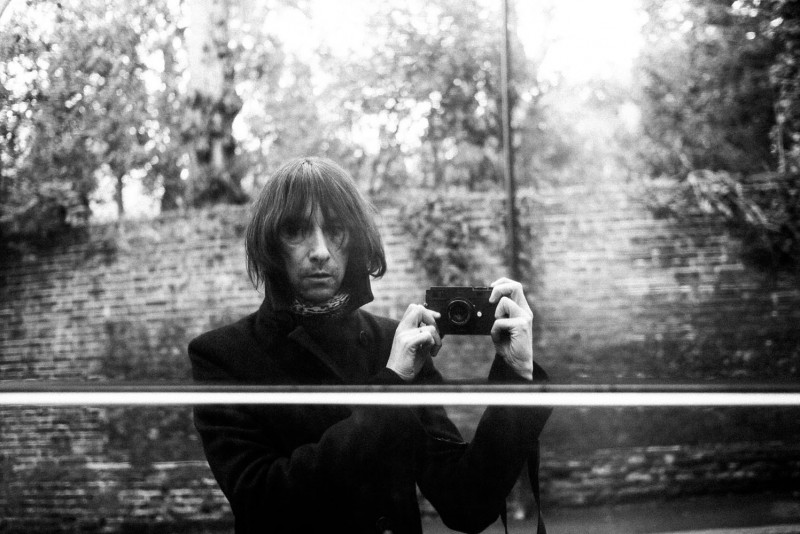
Bobbie Gillespie
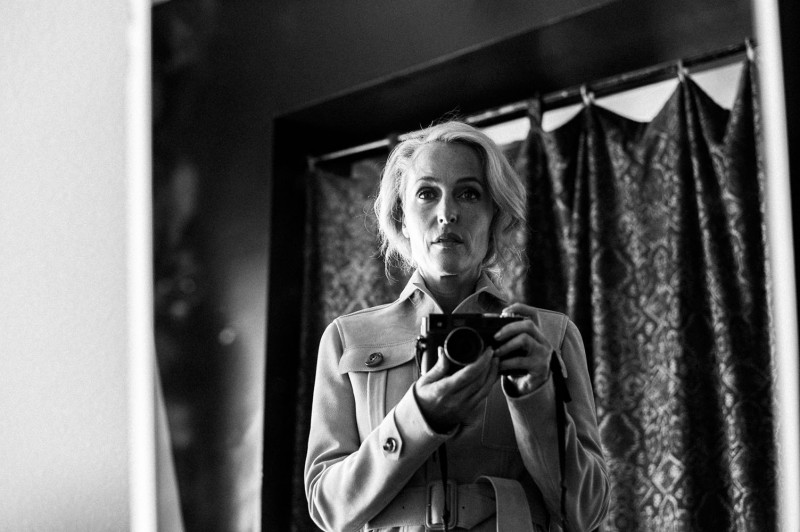
Gillian Anderson
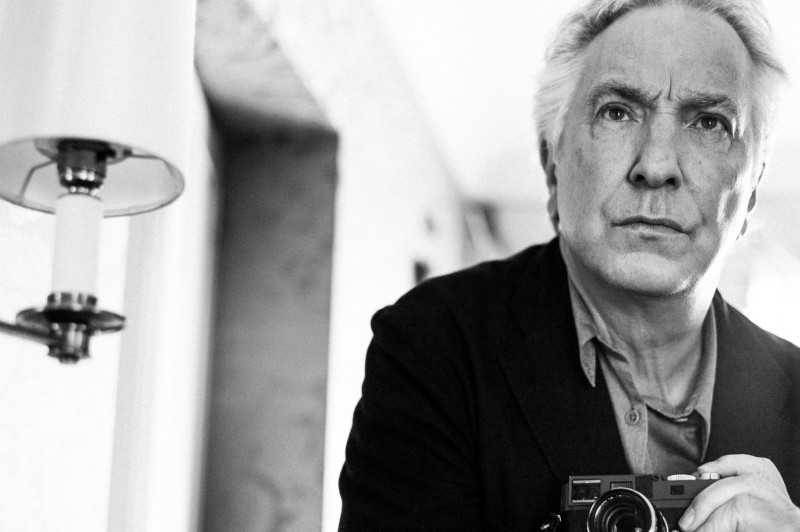
Alan Rickman

Dame Judi Dench
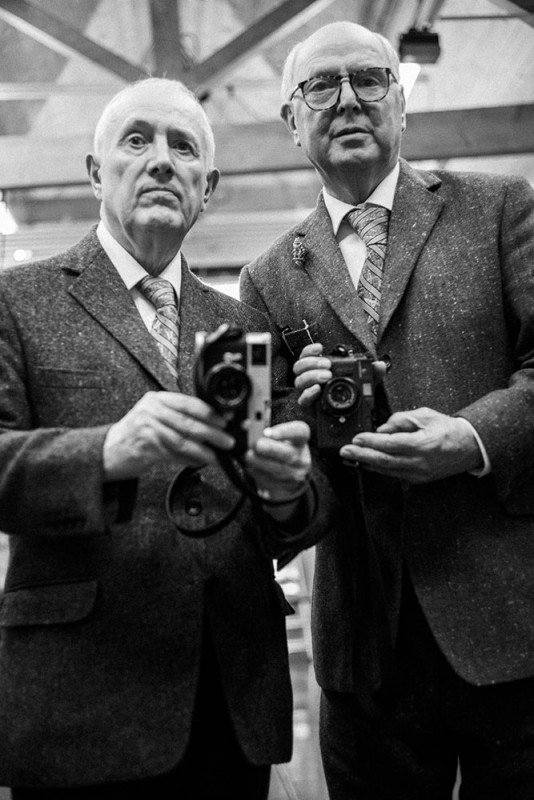
Gilbert & George
